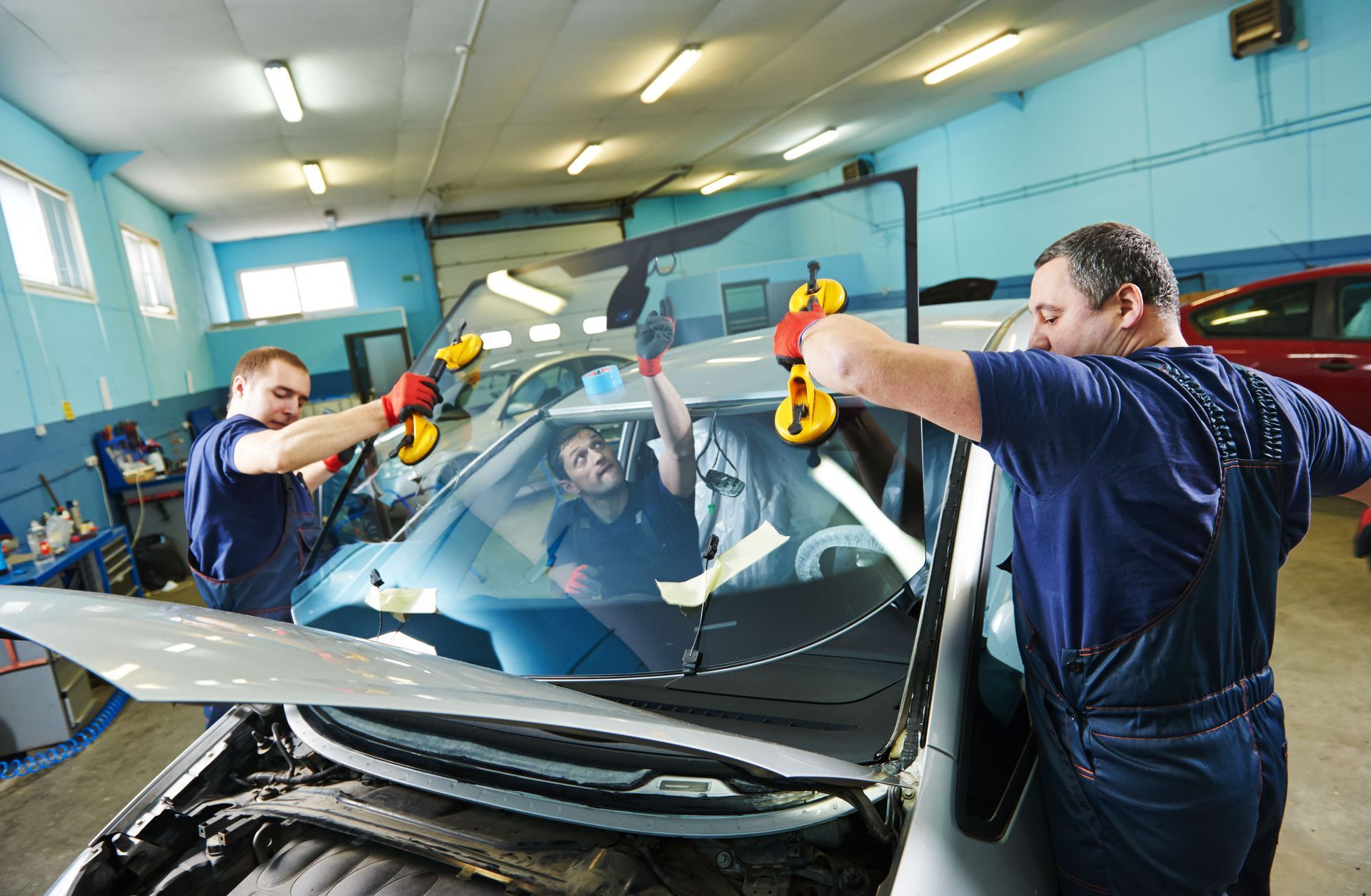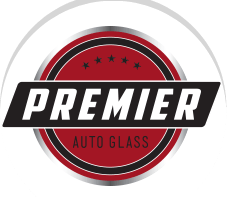October 1, 2025
Auto glass safety plays a pivotal role in ensuring the well-being of vehicle occupants and maintaining the structural integrity of the vehicle. The glass used in automobiles is far from ordinary; it is specifically engineered and rigorously tested to withstand impact, provide protection, and enhance the overall safety of passengers. From shielding occupants against flying debris to maintaining structural stability during accidents, auto glass is a vital component of modern vehicles. A damaged or improperly installed windshield can compromise safety features, increasing the likelihood of serious injury in collisions.
1. The Role of Auto Glass in Vehicle Safety
Auto glass serves several critical functions that go beyond simply providing clear visibility. It acts as a structural element, a barrier against external threats, and an essential support for other safety systems, including airbags. Maintaining auto glass is not just about preventing minor cosmetic damage; it is about preserving the engineering and integrity that keep drivers and passengers safe. A small chip or crack may seem inconsequential, but even minor damage can compromise the performance of advanced safety features. This underscores why regular inspection, prompt repair, and professional replacement of auto glass are integral to vehicle safety.
2. Structural Support
One of the most important functions of auto glass is its contribution to a vehicle’s structural rigidity. The windshield is particularly critical in this regard, as it complements the vehicle's frame and helps maintain the integrity of the cabin during collisions and rollovers. In certain accidents, auto glass bears significant pressure, helping prevent the roof from collapsing and reducing the risk of injury. This structural support is especially vital in vehicles with advanced airbag systems, which rely on a stable surface to deploy effectively. Ensuring that auto glass remains intact and free from defects is a key aspect of maintaining the overall strength and durability of a vehicle.
3. Passenger Protection
Protecting passengers during collisions is one of the primary purposes of auto glass. In an accident, safety glass serves as a barrier, helping prevent occupants from being ejected—a leading cause of fatalities in traffic accidents. Modern safety glass is designed to break into small, less dangerous pieces, significantly reducing the risk of cuts and other injuries. Beyond acting as a physical barrier, intact auto glass also ensures that safety features such as airbags function properly. Because airbags often rely on the windshield for support, compromised glass can interfere with their deployment and reduce their effectiveness. In this way, high-quality auto glass is essential not only for shielding occupants but also for enabling other safety mechanisms to work as intended.
4. Visibility and Clarity
Clear auto glass is essential for safe driving. Even minor scratches, chips, or cracks can distort vision, impair depth perception, and create glare, all of which increase the likelihood of accidents. Environmental factors such as temperature fluctuations, road debris, and exposure to sunlight can exacerbate existing damage, further reducing visibility over time. Maintaining the clarity of auto glass is therefore critical, as even small imperfections can escalate into significant safety concerns. Regular inspections, cleaning, and timely repairs ensure that drivers have an unobstructed view of the road, allowing for better reaction times and safer driving under all conditions.
5. Airbag Deployment
Auto glass plays a vital role in the proper deployment of airbags, which are essential for protecting passengers in collisions. Airbags rely on a stable surface—usually provided by the windshield—to inflate correctly. If the glass is damaged or weakened, it may fail to support the airbag, reducing its effectiveness and putting passengers at increased risk. Maintaining the integrity of auto glass is therefore not only about preventing immediate hazards like shattering but also about ensuring that other safety systems function as designed. The coordination between airbags and windshield integrity highlights the importance of professional installation and regular maintenance of auto glass.
6. Impact Resistance
The materials and technologies used in modern auto glass have greatly improved impact resistance. Laminated glass, commonly used in windshields, consists of multiple layers bonded with a plastic interlayer. This design allows the glass to absorb energy and remain intact after impact, reducing the risk of injury from flying shards. Tempered glass, used in side and rear windows, is engineered to break into small, blunt pieces, minimizing harm to passengers. Advances in impact-resistant materials have made auto glass far more durable, providing enhanced protection in collisions and against debris from road hazards.
7. Types of Auto Glass
Automotive glass technology continues to evolve to meet the increasing demands for safety, comfort, and aesthetics. Modern vehicles incorporate a variety of specialized glass types designed to improve passenger protection and driving experience. Understanding the differences between these materials can help drivers make informed decisions about repairs or upgrades.
7.1 Tempered Glass: Affordable Strength and Safety
Tempered glass undergoes a specialized thermal process that increases its strength compared to standard glass. When broken, it shatters into small, blunt fragments rather than sharp shards, reducing the risk of injury. Tempered glass is typically used for side and rear windows, offering an affordable yet effective solution for protecting passengers. Its durability and impact resistance make it a reliable choice for everyday driving needs.
7.2 Laminated Glass: Maximum Protection and UV Defense
Laminated glass is a key innovation in windshield design. It consists of two or more layers of glass bonded with an interlayer, usually made of polyvinyl butyral (PVB). This construction allows the glass to remain largely intact after impact, preventing shards from causing injury. Laminated glass also provides structural support, enhances passenger safety, and blocks harmful UV rays, protecting both occupants and the vehicle interior from sun damage over time.
7.3 Acoustic Glass: Quieting Your Ride
Acoustic glass is designed to reduce external noise, improving cabin comfort. By incorporating an advanced interlayer, acoustic glass limits the transmission of sound from traffic, wind, and other environmental sources. This not only creates a more serene travel experience but also reflects the automotive industry’s focus on enhancing passenger comfort through innovation in materials and technology.
7.4 Privacy Glass: Stylish Security for Passengers
Privacy glass, commonly referred to as tinted glass, reduces visibility from outside the vehicle, providing additional security and privacy. It also blocks a portion of harmful UV rays and can enhance the vehicle’s aesthetic appeal. Regulations on tint levels vary by jurisdiction, so it is important to ensure compliance with local laws. Privacy glass combines functionality with style, offering both protection and a modern look for drivers and passengers.
7.5 Smart Glass: Adjustable Comfort and Energy Efficiency
Smart glass represents a newer innovation in automotive design. It allows drivers to adjust the transparency or color of the glass to reduce glare, improve privacy, or block sunlight as needed. Smart glass can also reduce energy consumption by minimizing heat buildup in the cabin, decreasing reliance on air conditioning. While still an emerging technology, smart glass has the potential to revolutionize passenger comfort and energy efficiency in vehicles.
8. Preventive Measures to Enhance Auto Glass Longevity
Auto glass is more than a simple window—it is a critical safety feature that contributes to structural integrity, passenger protection, visibility, and the proper functioning of other safety systems. According to The Business Research Company, the automotive glass replacement market grew from $37.08 billion in 2024 to $40.55 billion in 2025, reflecting the increasing importance of these services. Drivers can extend the life and effectiveness of their auto glass through proactive maintenance, prompt repairs, and professional installation. By staying attentive to cracks, chips, and other forms of damage, vehicle owners can preserve the performance of their safety systems and maintain optimal protection on the road. For expert service that prioritizes your safety, contact Premier Auto Glass to ensure your vehicle remains secure, comfortable, and reliable.



